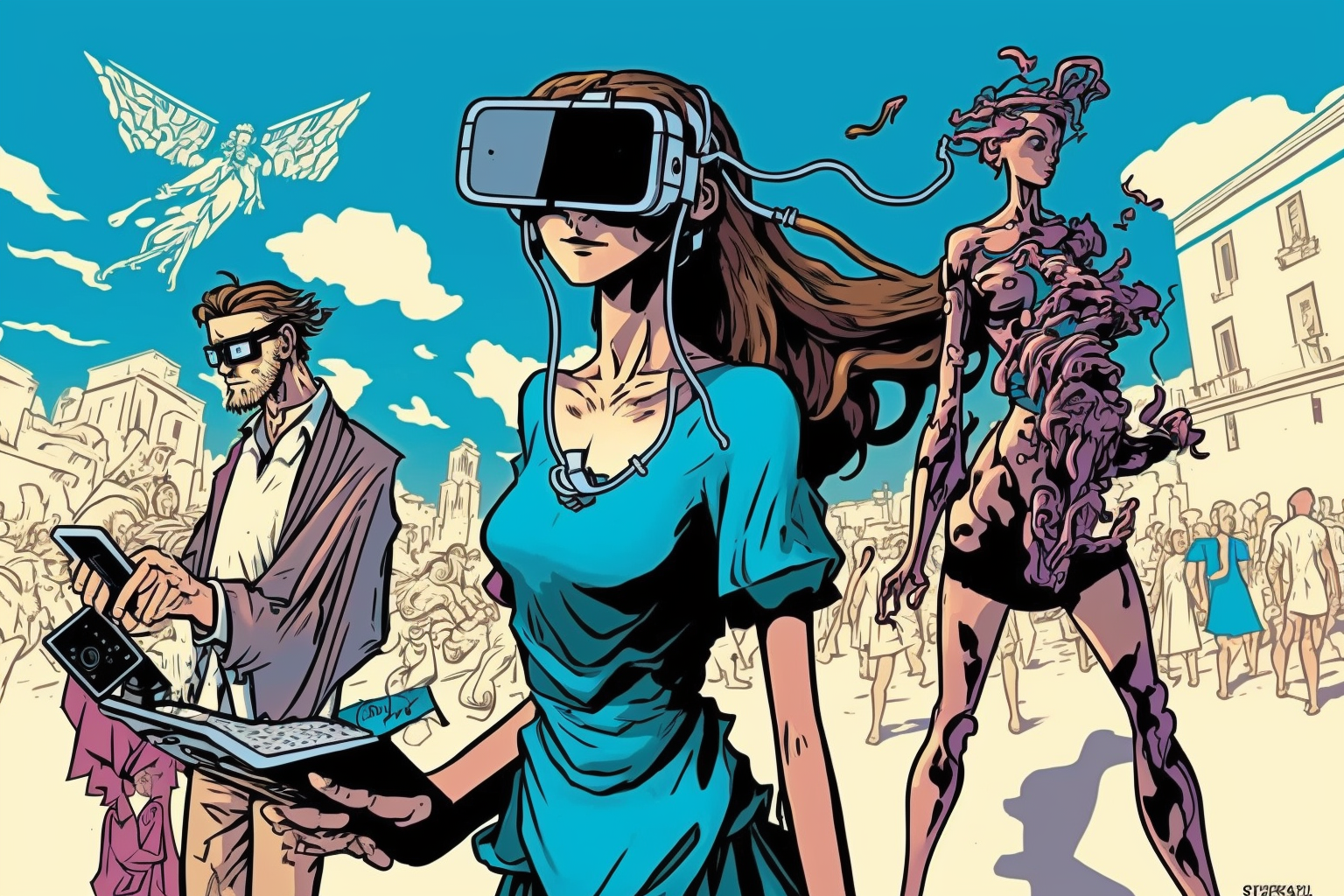Cryptocurrency has become an increasingly popular topic in recent years. As more people become interested in this new form of investment, there has been a growing demand for educational resources to help them understand the technology and market dynamics. In this article, we will discuss 10 of the best books on cryptocurrency that are available today.
1. “The Internet of Money” by Andreas Antonopoulos
Andreas Antonopoulos is a leading expert on cryptocurrency and blockchain technology. In “The Internet of Money,” he shares his insights and experiences from the early days of Bitcoin, and explains how this technology has the potential to transform our financial system.
2. “The Basics of Bitcoins and Blockchains” by Antony Lewis
In this book, Antony Lewis provides a comprehensive introduction to the world of cryptocurrency and blockchain technology. He covers the basics of how these technologies work, and explores the potential applications and use cases for this technology.
3. “Digital Gold” by Nathaniel Popper
“Digtial Gold” tells the story of the rise of Bitcoin and the people behind it. Nathaniel Popper explores the early days of Bitcoin, and the key players who helped to shape the cryptocurrency market as we know it today.
4. “Cryptoassets” by Chris Burniske and Jack Tatar
“Cryptoassets” is a comprehensive guide to the world of cryptocurrency investing. Chris Burniske and Jack Tatar provide an overview of the different types of cryptocurrencies and blockchain-based assets, and offer insights on how to invest in this new and evolving market.
5. “Mastering Bitcoin” by Andreas Antonopoulos
“Mastering Bitcoin” is a technical guide to the world of cryptocurrency and blockchain technology. Andreas Antonopoulos provides a deep dive into the underlying technology behind Bitcoin, and offers insights on how this technology can be used to create new and innovative applications.
6. “The Bitcoin Standard” by Saifedean Ammous
“The Bitcoin Standard” provides a historical and economic perspective on Bitcoin and other cryptocurrencies. Saifedean Ammous argues that Bitcoin has the potential to become a new global standard for money and offers insights on the economic implications of this technology.
7. “Blockchain Basics” by Daniel Drescher
“Blockchain Basics” is a beginner’s guide to the world of blockchain technology. Daniel Drescher provides a comprehensive overview of how this technology works and explores the potential applications for blockchain-based systems.
8. “Blockchain Revolution” by Don Tapscott and Alex Tapscott
In “Blockchain Revolution,” Don Tapscott and Alex Tapscott explore the potential applications for blockchain technology beyond cryptocurrency. They offer insights on how this technology can be used to transform a range of industries, from finance to healthcare to government.
9. “The Truth Machine” by Paul Vigna and Michael J. Casey
“The Truth Machine” is a comprehensive guide to the world of blockchain technology and its potential impact on our society. Paul Vigna and Michael J. Casey explore the different ways in which blockchain-based systems can be used to create a more transparent and trustworthy society.
10. “Blockchain Basics: A Non-Technical Introduction in 25 Steps” by Daniel Drescher
In this book, Daniel Drescher provides a non-technical introduction to the world of blockchain technology. He covers the basics of how this technology works, and explores the potential applications for blockchain-based systems in a range of industries.
Conclusion
In conclusion, there are a wide variety of books available on the topic of cryptocurrency and blockchain technology. Whether you are a beginner or an experienced investor, there is a book out there that can help you deepen your understanding of this exciting new field. The
10 books we’ve highlighted in this article are just a few examples of the many great resources available. By reading these books and others like them, you can gain a deeper understanding of the technology behind cryptocurrency, and learn how to navigate this new and rapidly evolving market.
If you are interested in investing in cryptocurrency or exploring the potential applications of blockchain technology, we highly recommend picking up one or more of these books. They offer insights from some of the leading experts in this field and can help you make informed decisions about your investments.



